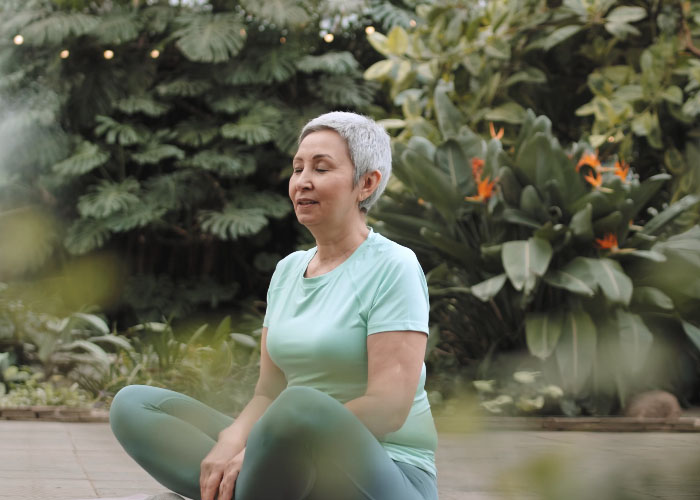Unlocking Tranquility: Finding the Best Time and Place for Meditation
In our fast-paced world, finding moments of calm and serenity has become increasingly vital for maintaining mental and emotional well-being. Meditation, an ancient practice with roots in various spiritual traditions, has emerged as a powerful tool for cultivating mindfulness, reducing stress, and promoting inner peace. However, for those new to meditation, the question often arises: when and where is the best time and place to meditate?
Timing Matters:
While meditation can be practiced at any time of day, choosing the right time for your practice can significantly impact its effectiveness. Here are some considerations for finding the best time to meditate:
Morning Meditation: Starting your day with meditation can set a positive tone and provide a sense of clarity and focus for the day ahead. Morning meditation is often recommended for its ability to calm the mind before the demands of daily life take over.
Evening Meditation: On the other hand, meditating in the evening can help unwind from the stresses of the day and prepare the mind for a restful night’s sleep. Evening meditation can promote relaxation and facilitate a smooth transition into bedtime.
Midday Meditation: Taking a break for meditation during the middle of the day can help recharge your energy levels and combat midday fatigue. A short meditation session can provide a much-needed mental reset and boost productivity for the rest of the day.
Ultimately, the best time to meditate is the time that works best for you and fits seamlessly into your daily routine. Experiment with different times of day to see when you feel most comfortable and receptive to the practice.
Creating Sacred Spaces:
In addition to timing, the location where you meditate can also significantly influence your experience. Here are some tips for finding the perfect meditation spot:
Quiet and Peaceful: Choose a location that is quiet and free from distractions, where you can fully immerse yourself in the practice without interruptions. This could be a dedicated meditation room, a quiet corner of your home, or a secluded outdoor space.
Comfortable and Relaxing: Create a comfortable seating arrangement with cushions or a meditation bench to support your posture and promote relaxation. Ensure that the temperature and lighting in the space are conducive to a calm and peaceful atmosphere.
Nature’s Sanctuary: Many people find solace in meditating outdoors, surrounded by the sights and sounds of nature. Whether it’s a tranquil garden, a serene beach, or a peaceful forest, connecting with the natural world can enhance the meditation experience and deepen your sense of presence.
Sacred Symbols: Consider incorporating elements of beauty and inspiration into your meditation space, such as candles, incense, or sacred objects. These symbols can serve as focal points for your practice and imbue the space with a sense of reverence and tranquility.
Remember that the most important aspect of meditation is not the external environment but the internal state of mind. Whether you meditate in a dedicated meditation room or a quiet corner of your home, what truly matters is cultivating a sense of inner peace and presence.
Conclusion:
In the journey of meditation, finding the best time and place for your practice is a deeply personal endeavor. Whether you choose to meditate in the morning, evening, or midday, and whether you prefer a quiet corner of your home or a serene outdoor setting, what matters most is creating a space that nurtures your inner peace and allows you to connect with your true essence. By honoring your unique needs and preferences, you can unlock the transformative power of meditation and cultivate a deeper sense of calm, clarity, and well-being in your life.

